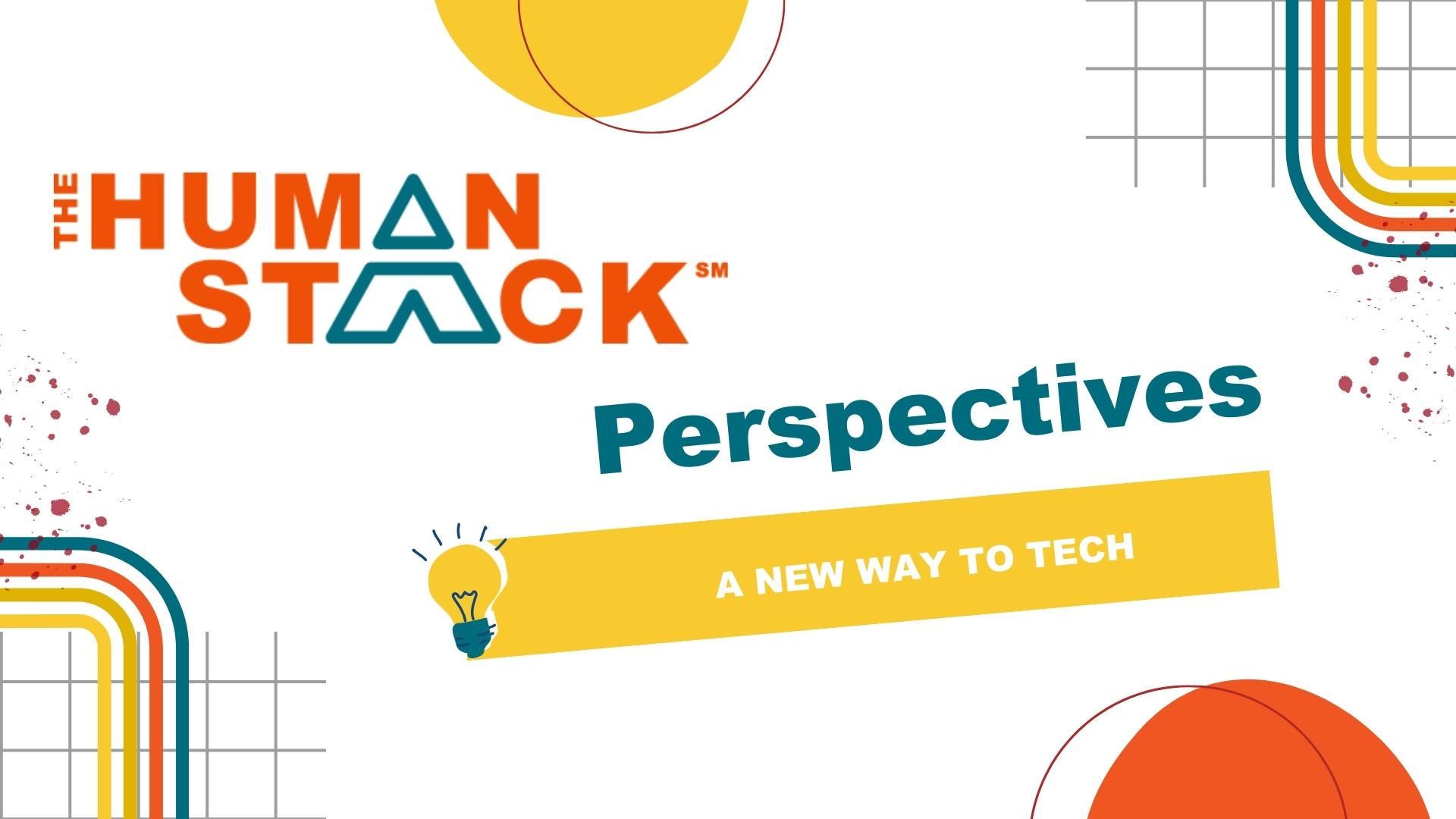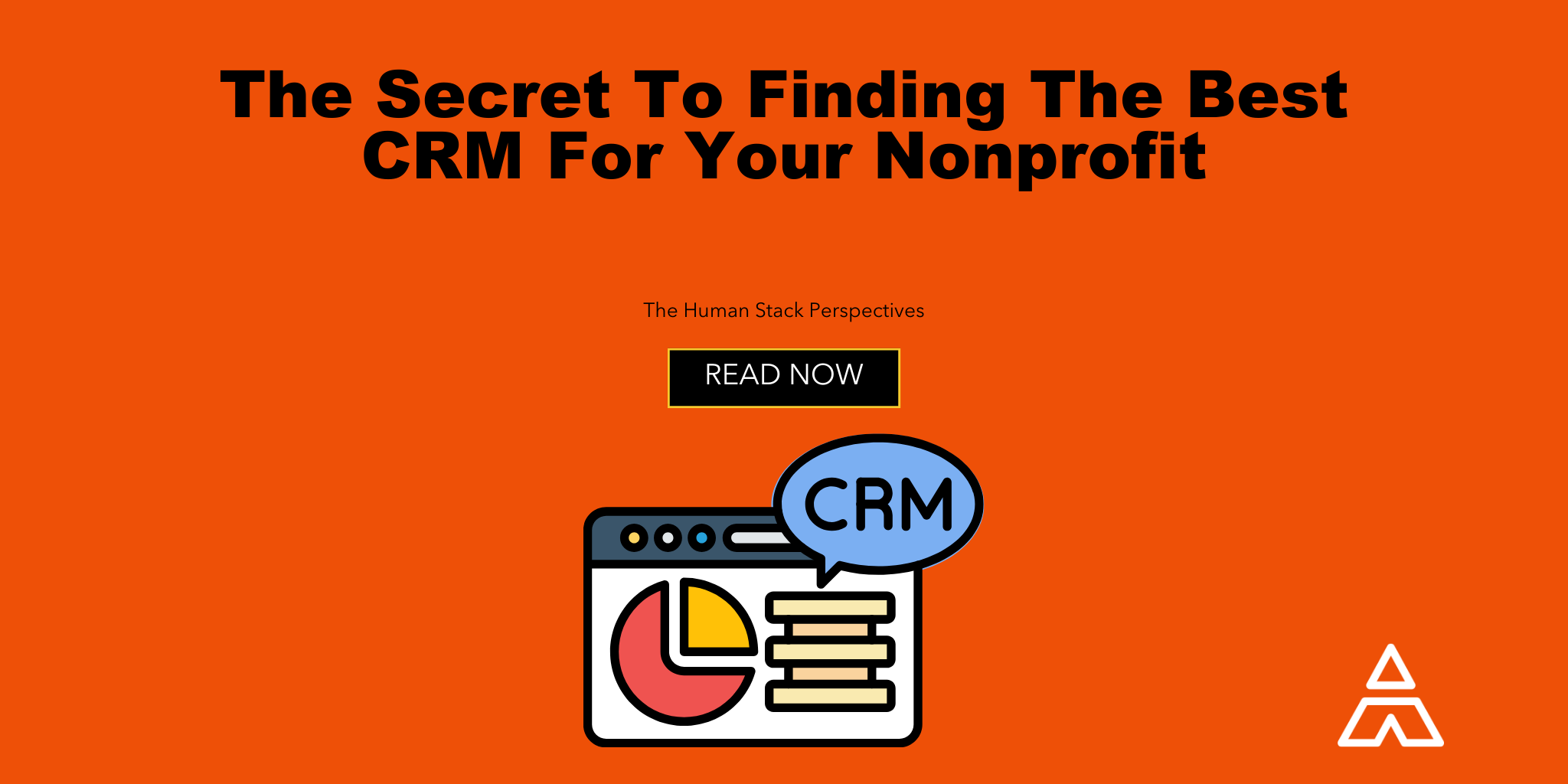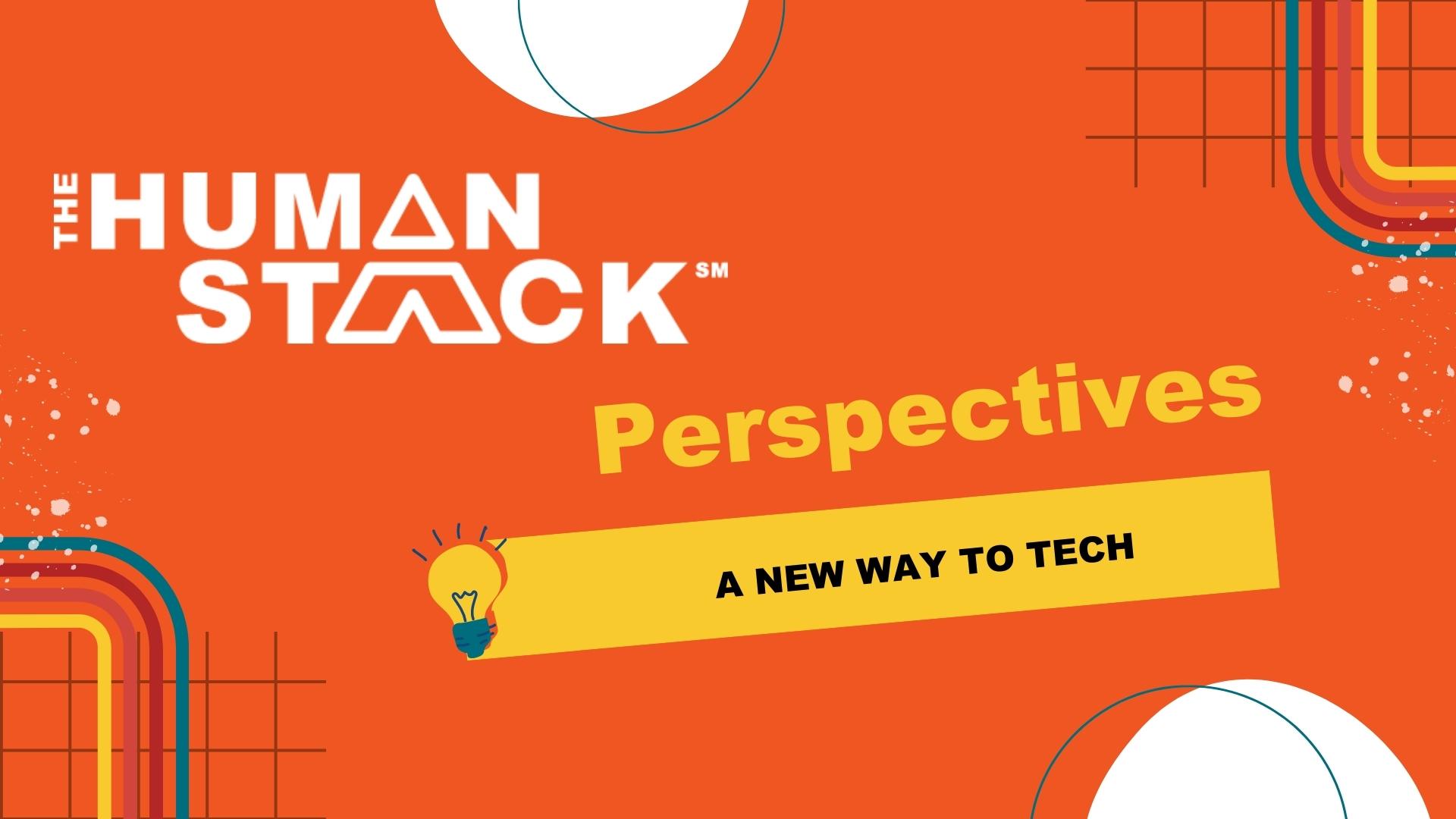4 min read
Make Change Orders Obsolete and Boost the ROI of Your Nonprofit’s CRM. Here’s How.
 Tim Lockie
:
May 11, 2021
Tim Lockie
:
May 11, 2021
Since the beginning of CRM system implementations, change orders have been deemed a necessary evil. Every nonprofit leader has signed off on their fair share to get the project done.
But change orders can add up quickly in time, money, and frustration. They exist to move the project forward, but they don’t get at the heart of the issues. As a result, pain points with your organization’s CRM system never stay away too long. And staff? They stay frustrated.
The truth is, change orders are usually created because of staff’s unmet (and unsurfaced) needs. And they’re a symptom of a larger issue that ultimately affects the ROI of your nonprofit’s CRM system.
The good news? You have an opportunity to stop change orders before they start and transform your organization in the process.
The trick is creating a structure to surface and address staff members’ tech challenges and frustrations early on. In time, you’ll see a lot less need for change orders and higher user adoption — and a lot more bang for your buck.
Change Orders Are Signs of Deeper Issues Within Your Nonprofit’s Operations
On the well-worn path of CRM implementation projects, staff’s reported experiences are used to drive priorities within the project.
But it can all go off the rails fast when project managers unintentionally miscategorize configuration needs after going through the discovery phase. Either change orders creep up, or there’s the costly omission of an important issue to keep the project on track.
And what’s often deemed a system configuration need has nothing to do with the tech at all.
Let’s set the scene: Each department talks to the implementation project manager during the discovery phase. Staff share how they use their tool, and the project managers recreate it in the new system, tweaking it as they go.
This process goes smoothly — until a department or staff member reveals their DIY database that no one else knew about or something equally unsanctioned.
Cue a change order! The project manager needs to go back and figure out how the rogue DIY system works to inform the new process.
This isn’t a system configuration need. It’s a user configuration need. There’s a deeper motivation behind the staff member creating their own system. And to truly understand and solve the root cause of their challenges (and thus the change orders), you must find out why.
Why did they resort to using their own database instead of the real deal?
The answer to this question can be a great opportunity for organizational change. Take it.
To Fix User Configuration Needs, Foster an Ecosystem of Openness and Opportunity
Your organization needs to do some introspection to see any positive change (fewer change orders and wider user adoption). But where to start?
We recommend setting up a feedback structure that allows your staff to feel empowered to voice their experiences — good, bad, and ugly. You may have always had an open-door policy, but this is different.
If you work with Now IT Matters as a CRM implementation partner, we’ll use our Digital Guidance℠ model. Here’s a glimpse into what that looks like.
Part 1: Getting Feedback From Everyone and Addressing All Concerns
This part sets the stage for your organization’s path to long-lasting change.
You may have assumptions about how your tech works and how your staff uses it. But the truth is, they’re just assumptions. What do you know to be true?
While some departments float along with zero issues, others may have given up on your nonprofit’s system months ago. The key is understanding why. A proven way to get to the bottom of things is to invite and encourage frequent, honest feedback.
Perhaps your staff feels overwhelmed to learn new technology on top of their existing daily tasks. Or maybe they feel frustrated because the system doesn’t do what they need. That’s why they took matters into their own hands.
No matter what, those concerns need to be addressed. Because maybe they aren’t isolated incidents. Your job? Initiate a dialogue.
To make these discussions meaningful, we can help set up a structure that works for your organization. Whether it’s one-on-one meetings, a town hall-style gathering, or an anonymous survey — all that matters is establishing an open line of communication for your staff.
Part 2: Tracking Your Organization’s Performance Toward Change
As you discover opportunities for improvement that come out of fostering an open dialogue, the next step is to come up with a plan.
We can map out a plan and track performance along the way. You’ll start small by taking bite-size chunks of problems to solve. This will slowly build confidence while not creating too much work for your staff.
Once your team starts to see the number of wins, they’ll feel empowered and supported to keep going.
Maybe your organization will see the number of data issues solved in a month. Or perhaps they will watch the amount of bad data decrease. Performance means you’re moving in the right direction — and an increase in user adoption is within your reach.
The Key to Boosting ROI is Found Within the Whys of Your Organization’s Biggest Roadblocks
Whether you need a new CRM or are going through implementation, you need to get the most out of your investment. A decrease in the number of change orders is inextricably tied to an increase in the ROI of your CRM.
It works like this: Fewer change orders mean more user experiences are being heard and addressed correctly. This leads to widespread user adoption, leading to your CRM being used productively. And when your CRM is used most effectively, your system will produce the quality data you need to inform your strategic insights.
You see, your tech ROI isn’t dependent on acquiring the best system money can buy. It’s dependent upon creating structures of accounting for staff’s needs to do their job better and happier.
Because that’s where it all starts: Understanding the intricacies of your staff’s experiences and stories. And not confusing user errors for the need to reconfigure your system. Change orders, poor user adoption, and implementation failure don’t stand a chance when operational change drives the ecosystem.
If your nonprofit is ready to get the most out of its CRM, we’re here to help.






